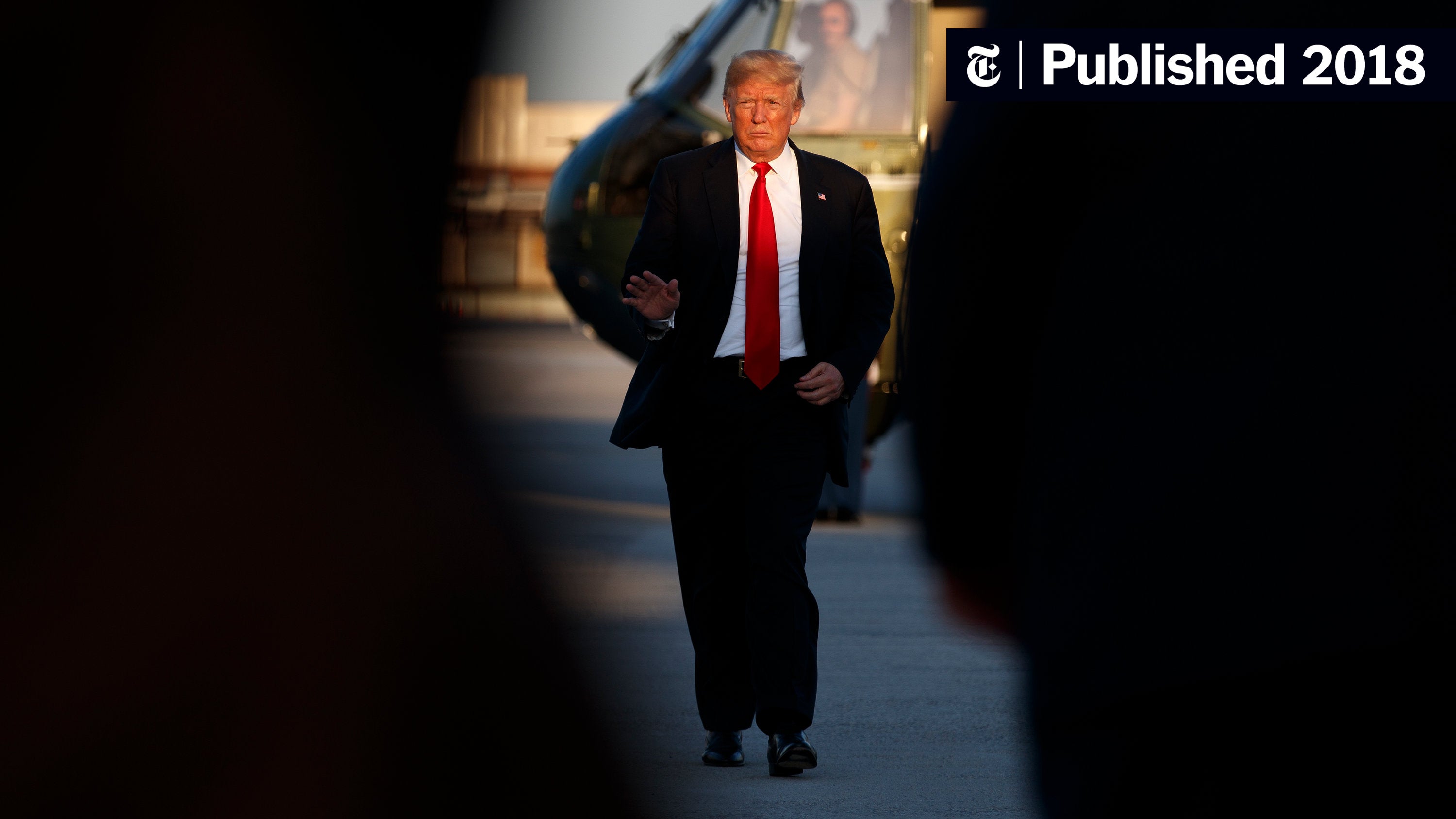Premium Automakers In China: Overcoming The Hurdles Faced By BMW And Porsche

Table of Contents
Intense Competition and Local Players
The Chinese luxury car market isn't just competitive; it's a battlefield. Established players like BMW and Porsche face a dual threat: the rise of powerful domestic brands and the persistent pressure from other international competitors.
The Rise of Domestic Brands
Chinese automotive brands are rapidly ascending, challenging the dominance of long-established international players. Their success is fueled by aggressive pricing strategies, technological innovation, and a deep understanding of the local market.
- Examples of successful Chinese luxury brands: Hongqi, BYD's high-end line (e.g., Yangwang), Nio, and Li Auto are leading the charge, consistently gaining market share.
- Competitive Advantages: These brands leverage cutting-edge technology, including advanced driver-assistance systems (ADAS) and electric vehicle (EV) technology, often at more competitive price points. Critically, they possess an intimate understanding of Chinese consumer preferences and cultural nuances.
- Government Support: Government subsidies and policies promoting domestic brands further bolster their competitive position, providing financial incentives and fostering innovation. This targeted support creates a significant hurdle for foreign automakers.
Foreign Brand Competition
The Chinese market is a melting pot of premium brands from around the globe, creating a fiercely competitive landscape. BMW and Porsche aren't just competing against each other; they're vying for market share against heavyweights like Mercedes-Benz, Audi, and Tesla, each employing distinct market strategies.
- Key Competitors: Mercedes-Benz, Audi, Tesla, and even Lexus present stiff competition with their extensive model lineups and established brand recognition within the Chinese market.
- Market Strategies: Competitors utilize diverse strategies, from aggressive pricing and extensive dealership networks to targeted marketing campaigns emphasizing specific features appealing to Chinese consumers.
- Competitive Pricing: The pricing strategies employed vary greatly, ranging from premium positioning to competitive pricing, impacting the overall profitability and market penetration of various brands.
Navigating Regulatory and Infrastructure Challenges
Navigating the regulatory landscape and developing infrastructure are significant obstacles for premium automakers in China.
Import Tariffs and Regulations
High import tariffs and complex regulatory processes considerably impact profitability and market entry strategies. These factors influence pricing and product availability, creating a less favorable environment compared to local manufacturers.
- Specific Tariffs and Regulations: Import duties on luxury vehicles can significantly increase the final consumer price, making them less competitive. Stringent emission standards and safety regulations add another layer of complexity.
- Impact on Pricing and Availability: Higher tariffs directly translate to higher prices for consumers, potentially limiting demand. Navigating complex regulations can also cause delays in product launches and market entry.
Infrastructure Development and Charging Infrastructure for EVs
The uneven development of charging infrastructure, especially outside major metropolitan areas, presents a notable challenge for the broader adoption of electric vehicles (EVs), particularly in the luxury segment.
- Current State of EV Charging Infrastructure: While China has made significant strides in expanding its EV charging network, regional disparities remain. Rural areas and smaller cities often lag behind in terms of charging station availability.
- Impact on Electric Luxury Car Sales: The lack of convenient charging infrastructure can deter potential buyers, especially in luxury segments where long-range travel is often expected. This limits the market potential for electric luxury cars from BMW and Porsche.
Understanding Chinese Consumer Preferences and Demands
Success in the Chinese market hinges on understanding the unique preferences and demands of Chinese luxury consumers, a demographic that often differs significantly from Western counterparts.
Tailoring Products and Marketing
Brands must adapt their products and marketing strategies to resonate with Chinese consumers' unique preferences. This includes focusing on aspects that are highly valued by this demographic.
- Key Differences in Consumer Preferences: Chinese luxury consumers often prioritize technological features, brand image, and after-sales service more heavily than their Western counterparts. Social status and brand prestige play a significant role in purchasing decisions.
- Successful Examples of Adaptation: Successful brands have tailored their models to include features specifically desired by Chinese consumers, such as advanced connectivity and infotainment systems. Marketing campaigns are often localized to appeal to specific cultural values and preferences.
Digital Marketing and Online Sales
China's digital landscape is extraordinarily influential, making a strong online presence paramount for success. Digital channels dominate marketing and sales, requiring strategic engagement.
- Importance of Digital Channels: Social media marketing, e-commerce platforms (like Alibaba and JD.com), and robust online customer service are essential components of a successful marketing strategy.
- Effective Digital Marketing Strategies: Leveraging key opinion leaders (KOLs) on social media platforms like WeChat and Weibo, along with targeted online advertising, is crucial for reaching and engaging potential customers.
Supply Chain and Production Strategies
Strategic supply chain and production decisions are vital for navigating the challenges and capitalizing on the opportunities within the Chinese luxury car market.
Localization and Local Production
Establishing local production facilities offers several advantages, including cost reduction and improved responsiveness to market demands. However, it also presents certain drawbacks.
- Advantages and Disadvantages of Local Production: Local production reduces import tariffs, transportation costs, and lead times. However, it requires significant upfront investment and carries risks related to managing local labor and supply chains.
- Successful Examples: Many successful premium automakers have established joint ventures or wholly owned subsidiaries in China to leverage local production capabilities.
Managing Supply Chain Risks
Global supply chain disruptions can significantly impact production and sales. Robust risk management strategies are therefore crucial for mitigating potential issues.
- Common Supply Chain Risks: Geopolitical factors, raw material shortages, and potential disruptions to logistics networks pose considerable challenges.
- Mitigation Strategies: Diversifying sourcing, building strong relationships with suppliers, and investing in advanced forecasting and inventory management systems can help mitigate these risks.
Conclusion
The Chinese market presents an unparalleled opportunity for premium automakers, but success demands a nuanced understanding of the competitive landscape, regulatory hurdles, consumer preferences, and supply chain dynamics. BMW, Porsche, and other international brands must adapt their strategies to thrive in this dynamic environment. By addressing the challenges highlighted above – intense competition from domestic and international players, navigating complex regulations and infrastructure limitations, tailoring products and marketing to local preferences, and optimizing supply chains – premium automakers can overcome hurdles and flourish in the lucrative Chinese luxury car market. Learn more about the strategies employed by successful premium automakers in China and discover how to effectively navigate this exciting, yet challenging, market. Research the latest trends in premium automakers in China for continued success.

Featured Posts
-
 Retour A Amsterdam Ces Unveiled Europe Presente Les Dernieres Innovations
May 25, 2025
Retour A Amsterdam Ces Unveiled Europe Presente Les Dernieres Innovations
May 25, 2025 -
 France La Mainmise De La Chine Sur Les Voix Dissidentes
May 25, 2025
France La Mainmise De La Chine Sur Les Voix Dissidentes
May 25, 2025 -
 Is Demna Gvasalia The Right Choice For Gucci A Critical Look
May 25, 2025
Is Demna Gvasalia The Right Choice For Gucci A Critical Look
May 25, 2025 -
 Jenson Button Returns To His Championship Winning 2009 Brawn
May 25, 2025
Jenson Button Returns To His Championship Winning 2009 Brawn
May 25, 2025 -
 European Stocks Climb As Trump Signals Auto Tariff Relief
May 25, 2025
European Stocks Climb As Trump Signals Auto Tariff Relief
May 25, 2025
